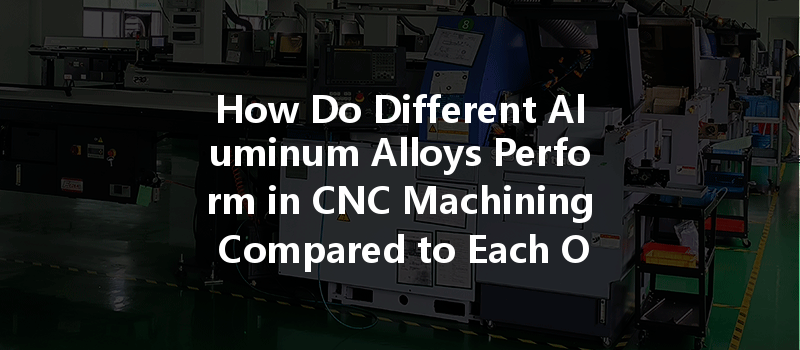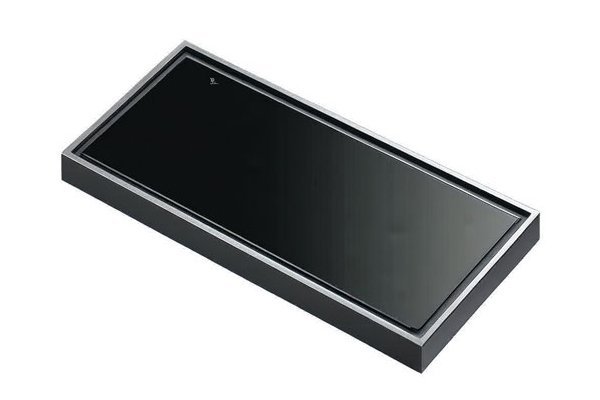Did you know that aluminum alloys represent the second most widely used metal after steel, accounting for nearly 70% of the total production of non-ferrous metals? Aluminum’s lightweight nature and remarkable strength make it a popular choice across various industries, from aerospace to automotive. However, not all aluminum alloys are created equal, especially when it comes to CNC machining performance.
In this extensive blog, we will explore the differences in machining performance among various aluminum alloys used in CNC machining, provide solutions for optimizing choice, and address common machining challenges that emerge during the process.
—
Understanding the nature of aluminum alloys is crucial for anyone involved in CNC machining. Aluminum alloys can be categorized into two main types: wrought and cast. The wrought alloys are formed via mechanical work, whereas cast alloys are shaped through melting and pouring into molds. Each type exhibits various distinct properties that can significantly influence their machinability.
CNC machining stands for Computer Numerical Control machining—a technique that utilizes computer software to control machine tools. The flexibility and precision of CNC machining make it an ideal solution for crafting complex shapes and parts in a variety of materials, including different aluminum alloys. However, performance can vary based on material properties, necessitating an in-depth understanding of how different alloys react during machining.
To determine the optimal aluminum alloy for CNC machining, it is essential to have a grasp of the material’s key properties. Here are some critical attributes to consider:
3.1 Mechanical Properties
3.2 Physical Properties
3.3 Corrosion Resistance
Certain aluminum alloys naturally resist corrosion, essential for parts exposed to harsh environments or requiring longevity.
Aluminum alloys are specified by the series number designation, which indicates their main alloying element. Here are some popular series:
4.1 1000 Series
These alloys have a minimum of 99% aluminum content and offer excellent corrosion resistance but have lower strength compared to other alloys.
4.2 2000 Series
Alloys in this series contain copper as the principal alloying element, providing high strength but lower corrosion resistance.
4.3 3000 Series

Typically alloyed with manganese, these alloys feature good corrosion resistance and moderate strength, often used in beverage cans and cooking utensils.
4.4 4000 Series
Alloyed primarily with silicon, these alloys exhibit low expansion and have excellent wear resistance, making them ideal for automotive applications.
4.5 5000 Series
These magnesium-based alloys are known for their excellent corrosion resistance and welding capability, used in marine and automotive applications.
4.6 6000 Series
Aluminum alloys from this series contain both magnesium and silicon, providing an excellent balance of strength, corrosion resistance, and machinability.
4.7 7000 Series
Primarily alloyed with zinc, these alloys have the highest strength in aluminum alloys, making them suitable for aerospace applications.
When machining aluminum alloys, performance varies based on mechanical properties, tooling, and cutting conditions. A comparison of common alloys based on their machinability is outlined below:
| Alloy Series | Yield Strength (MPa) | Machinability Rating | Common Applications |
|————–|———————–|———————-|———————|
| 1000 | 70-110 | Good | Electrical conductors |
| 2000 | 300-550 | Moderate | Aerospace components |
| 3000 | 240-400 | Good | Beverage cans |
| 4000 | 320-600 | High | Welding rods |
| 5000 | 210-360 | Excellent | Marine structures |
| 6000 | 250-310 | Moderately Good | Structural components |
| 7000 | 600-700 | Low | Aircraft parts |
Observations
Despite aluminum’s favorable properties, CNC machining comes with its own host of challenges. Here are some of the most common issues faced:
6.1 Tool Wear
Different aluminum alloys can cause accelerated tool wear, leading to increased machining costs. The choice of tooling material and geometry can mitigate this.
6.2 Surface Finish
Achieving a high-quality surface finish is essential for many applications but can be complicated due to the alloy’s thermal properties and oxidation.
6.3 Tolerance Control
Maintaining exact tolerances during machining can be difficult, especially with softer alloys that may deform under pressure.
To enhance the performance of CNC machining when working with aluminum alloys, consider the following strategies:
7.1 Tool Selection and Machining Parameters
7.2 Cutting Fluids and Coolants
Implementing the right cutting fluid or coolant is crucial for managing temperatures and enabling smoother cutting operations. Water-soluble emulsions are often preferred.
7.3 Process Improvements
Regularly adjust machining parameters based on feedback from initial runs to improve efficiency and reduce waste.
Different applications require different approaches to aluminum alloy machining. Consider factors such as:
In conclusion, selecting the appropriate aluminum alloy for CNC machining is paramount to achieving the desired quality, performance, and cost-effectiveness in the final product. The differences in mechanical properties, machinability, and application suitability can significantly impact production processes and outcomes.
By understanding the characteristics of different aluminum alloys and addressing the challenges presented during machining, manufacturers can enhance their CNC operations, reduce costs, and deliver high-quality components. This blog underscores the importance of considering material selection and machining techniques within the expansive world of CNC machining and how they play a significant role in achieving competitive advantages in today’s industrial landscape.
So the next time you’re faced with a decision on which aluminum alloy to use for your machining project, remember that informed choices can lead to superior results and lasting benefits. Understanding the intricacies of aluminum alloys is not just beneficial; it is essential for success in the world of CNC machining.






